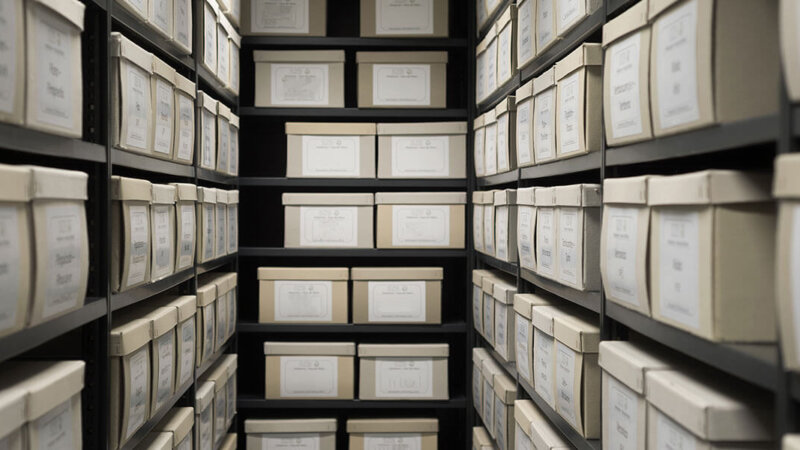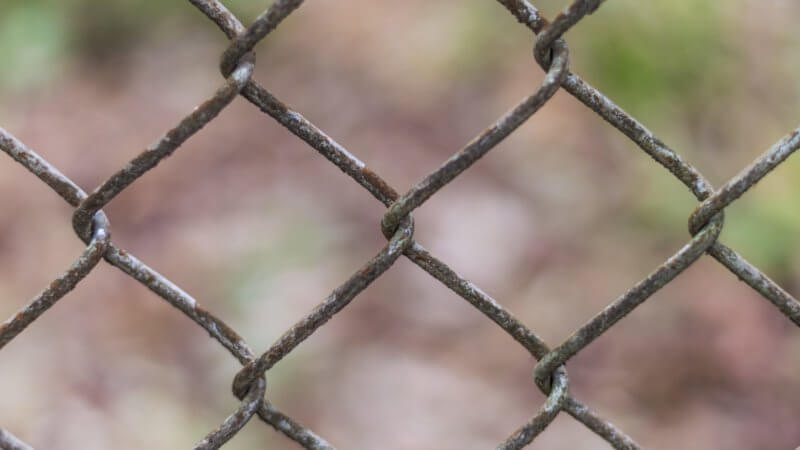Have you been accused of making or distributing indecent images? If you are found guilty of committing an indecent image offence, the consequences are severe.
Nick Titchener, director and solicitor advocate at London Criminal Defence Solicitors, Lawtons, discusses the implications of indecent image charges under UK law.
The legal system is in a constant state of catch-up when it comes to technology. Online access is easier and more popular than ever, with the likes of social media, mobile phones and apps contributing to this growing trend. It takes time for these new trends to be properly integrated into law.
To accommodate this ever-changing technological landscape, the law must constantly evolve to protect those that may become victims of these types of offences, ensuring offenders can be brought to justice. Just as important, however, is that we ensure that those accused of such offences can also have their rights protected, alongside a fair hearing.
Indecent image definition according to the law in the UK
Subjective definitions of indecent images offences have caused rising numbers of police investigations. Increasingly, cases are based on evidence sourced from:
- The internet
- The ‘dark web’
- Hard drives
- Hidden computer directories
- Smartphones
The introduction and existence of a database of recovered indecent images – known as the Child Abuse Image Database (CAID) – serves to try to ensure a level of consistency regarding how images are graded and to assist in the recovery and retention of such material.
It is ultimately designed to:
- Protect victims
- Bring offenders to justice
- Protect those that are accused of such offences and have a defence or deny the offence
Investigating accusations of making or possessing indecent images
During a police investigation, the devices belonging to an accused individual (and those belonging to their family members) are seized for review. Their contents will be analysed for traces of indecent images and with the recent uptake in remote ‘cloud’ storage, any online accounts are analysed too.
Images that are recovered are compared to those already recovered and contained on the CAID. If the images are not on the CAID, they are graded according to the current guidance.
The defining lines between the three separate indecent images offences – possession, distribution and ‘making’ – are now more blurred than ever before. Cases involving the use of technology have made the legal definitions even less clear.
What is the law on indecent images in the UK?
The broad definitions provided by the Crown Prosecution Service – despite their lack of clarity – are still applied by the police and crown prosecutors in every investigation into indecent image offences.
Prohibited activities are labelled ‘making’ and distribution, with the legal definitions for each defined as:
- Making – ‘to take or permit to be taken or make any [indecent images]’
- Distribution – ‘to distribute or show any [indecent images]’
These definitions pose more questions than answers. As case law evolves to address the subject matter of individual cases, the blurring of definitions has still not been addressed with regards to internet-connected devices and new technology.
What does making indecent images mean?
In 1995, as internet usage grew in popularity, Parliament added the term ‘make’ to indecent image charges in response to the new trend of technology. This escalated less severe offences into the same category as offences involving production from source, such as taking indecent photographs of a child.
The Crown Prosecution Service (CPS) has described prohibited ‘making’ offences (under Section 1 of the Protection of Children Act 1978) as:
- To cause an indecent image to exist
- To produce an indecent image through action
- To ‘bring about’ an indecent image (a particularly unspecific and wide-reaching definition)
In reality, these definitions include everything from forwarding an email of an indecent image, to unknowingly downloading an image to a hard drive. Storing a prohibited image in the cloud (by default in most modern mobile phones) could even be classed within this most severe category of offence.
The ‘making’ of indecent images can occur in a variety of ways. Whilst legislation used to try and keep up with new technology, courts play a fundamental role in ensuring the law is applied fairly and justly.
This is exemplified by the way that the courts deal with the issue of online pop-ups, whereby someone has accessed a website and an image ‘pops up’. A trace of that image is then saved on the computer’s hard drive without the user being aware of it.
In these cases, the law protects the user by affording a defence. For the CPS to secure a conviction, the court would have to be satisfied that the accused knew that accessing the website would generate pop-ups and that those pop-ups would depict, or be likely to depict, indecent images of children.
Distributing indecent images
Much like charges of making indecent images, the offence of distributing an indecent image holds no consideration for individual intentions. This is termed a ‘strict liability’ offence, albeit there are statutory defences which need special consideration and are a topic in their own right.
Statutory defences apply to the individual circumstances of a case and often go to the heart of what the accused knew or was aware of. In any case involving allegations of distributing indecent images, careful consideration needs to be given to how that offence may have taken place.
If an individual ‘part possesses’, ‘exposes’ or ‘offers an image for acquisition’, they are engaging in prohibited activity. This causes further complexity when it comes to the very nature of digital images.
Possession of indecent images
Possessing an indecent digital image could leave an individual susceptible to charges for distribution, depending on where and how the image is stored and who then receives or has access to it. Prosecutors can argue images accessible via a shared computer are exposed and therefore fall under the description of distributing indecent images.
Peer-to-peer file sharing is a frequent topic in indecent image distribution and individuals involved in the peer-to-peer sharing of a file – even if the contents of the file are unknown – can still be liable to charges. However, as with all things, it isn’t always as simple as this.
For example, if someone were to exchange a film and that film contained indecent images of adults, on the face of it, they wouldn’t be committing an offence. The courts have had to decide a case where the film in question also then had a trailer at the end in which indecent images of children were also present. In this case, it was accepted that the accused hadn’t been aware of the trailer and so couldn’t be held responsible for distributing indecent images of children. As with all cases of complexity, the facts of individual matters need to be given careful consideration, as this case illustrates.
New technologies and innovations have added further complexity to this already complex aspect of the law. If you, or someone you know, is facing indecent image charges it is vital that you seek the assistance of an expert criminal defence lawyer – one not only experienced in defending indecent images cases, but also able to call on the knowledge of cyber experts and expert computer witnesses to help form a strong defence case.
It is unfortunate that indecent image offences are so broadly defined, as it now means indecent image offences can be unnecessarily escalated, even if an individual’s intention was completely innocent. This makes the need for expert advice even greater – and it is advisable to do so at the earliest indication a charge may arise, for the best chance of achieving a positive outcome.
Contact the team of solicitors at Lawtons for expert legal advice and assistance.
About the author
Nick Titchener is a director and solicitor advocate of Lawtons. Nick oversees the overall management of Lawtons Solicitors, a specialist firm of criminal law defence solicitors with branches across London, Hertfordshire, Bedfordshire and Essex.
Nick is a dedicated criminal solicitor with considerable experience in legal cases including sexual offences, violence and assault. His measured and supportive approach means he thrives on even the most complex case.
FAQs about Indecent Images
What is ‘Revenge Porn’?
What are the sentencing guidelines for possession of indecent images?
What is a category A child image?





